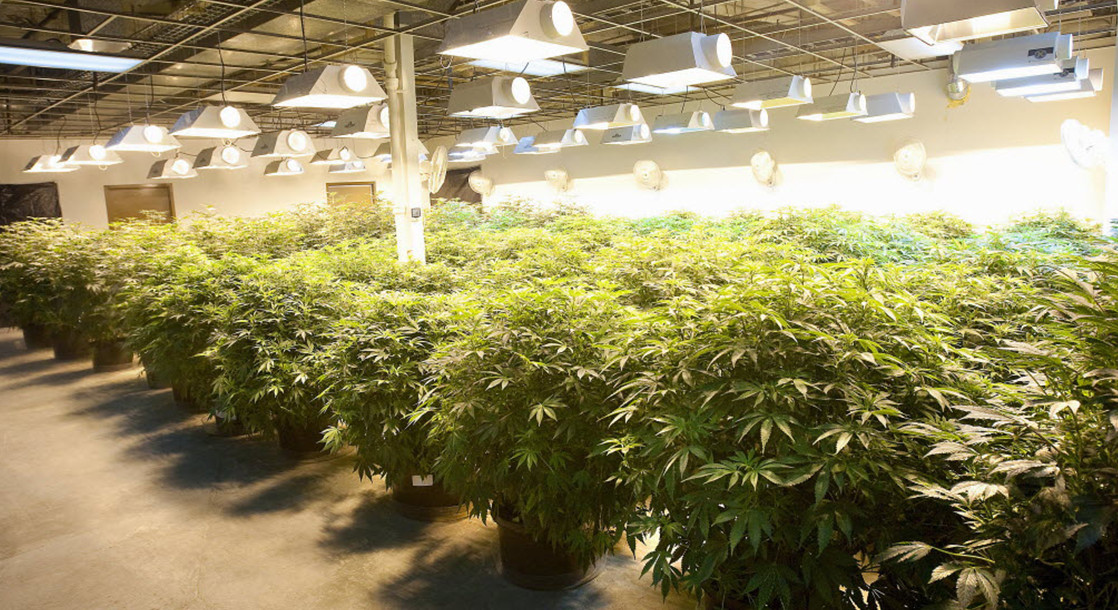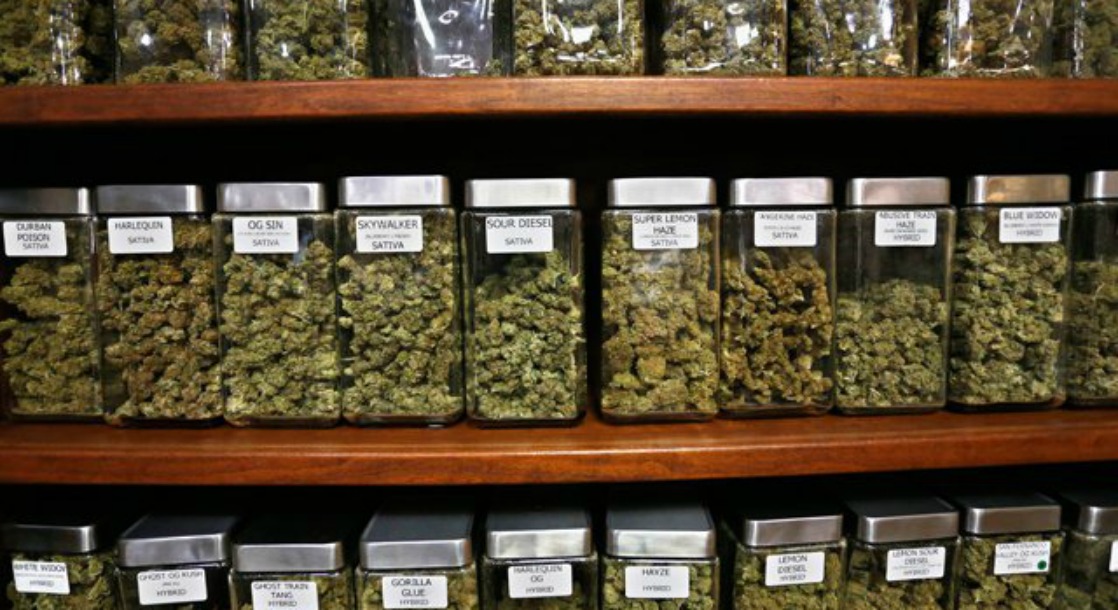Since Prop 64 was passed last November, California has anxiously prepared for what will undoubtedly make it the central hub of the world’s cannabis industry. But while the Left Coast braces itself for the explosive market that recreational legalization is predicted to create, regulators and utility companies are concerned about how cultivation will impact the state’s energy supply.
Back in February, the California Public Utilities Commission (CPUC) hosted a workshop to study the potential effects of large-scale cannabis cultivation on the state’s power grid. The event included a panel of utility representatives, cannabis growers, and state regulators, all working together to ensure that marijuana cultivation will be as energy efficient as possible.
Last Thursday, the CPUC released a report entitled called “Energy Impacts of Cannabis Cultivation,” a study focusing on the impact that both indoor and outdoor grow operations have on energy and water supplies. According to the report, indoor cultivation will likely use more energy, but could also provide more efficient water usage.
Thanks to the strict land-use policies that Prop 64 allows local governments to implement, indoor grow operations are already a more appealing option for cultivators. Some municipalities, such as Sonoma County, have already restricted marijuana farms to within four walls, outright banning outdoor cultivation. But the consequences that these limitations will create for the state’s energy use remains hazy and uncertain.
During the CPUC workshop, a number of solutions were offered to prevent excess energy use by the cannabis industry. For instance, the utilities agency could share energy-use information with the government, enabling them to make more informative regulatory decisions.
California may also borrow practices from other states with recreational legislation. In Oregon, all growers are required to submit energy-use projections before they’re permitted to start growing, effectively putting responsibility in the hands of cultivators.
Another consensus from the CPUC-hosted meeting was that the state should work with the cannabis industry, state agencies, and utility companies to form a “Cannabis Working Group.” This type of organization would allow California policymakers to take the needs of each faction into account, ultimately allowing them to create policy that works best for everyone.
Unfortunately, when it comes to developing proper standards to promote energy conservation, the state does not have much time on their hands. California will begin accepting applications from cannabis cultivators on January 1, 2018.
There isn’t a lot of data detailing how cannabis cultivation impacts energy-use and the environment, so California will have to pioneer their own research and sort out how to best integrate cannabis cultivation into the Golden State.











